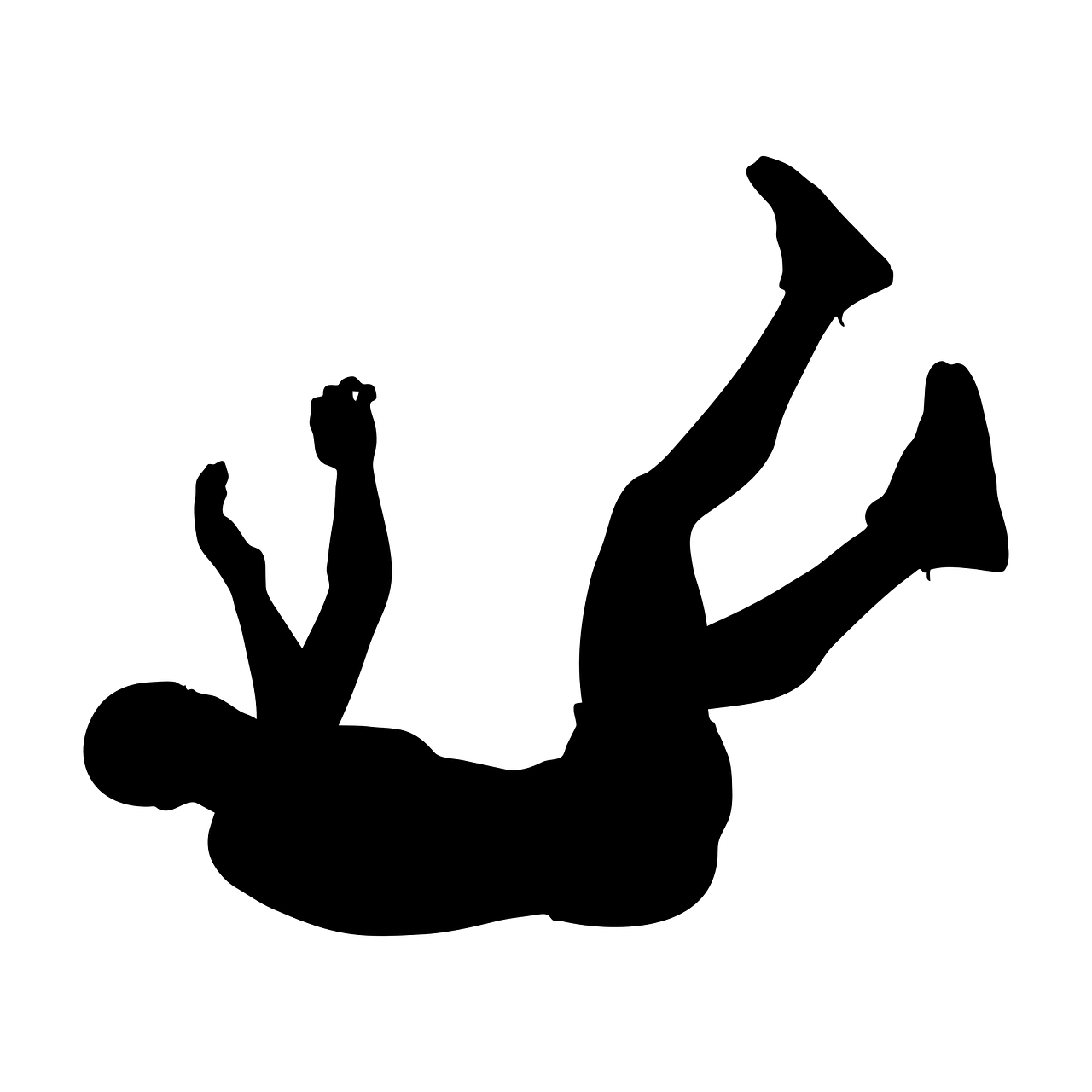Have you fallen recently? I’ll bet you have
A web-based survey of 965 adults with multiple sclerosis, published in the March 2024 issue of the American Journal of Physical Medicine and Rehabilitation, reports 56% said they had fallen in the previous 6 months. Sixty-eight percent of those falls were in their home. A third of the people were hurt. I’m surprised the numbers aren’t higher.
Those falls were the result of many things: poor balance (75%), muscle weakness (54%), and/or fatigue (35%). Sometimes it was a surface hazard (37%) and/or a distraction (15%). Occasionally, the fall was due to trying to finish a task too quickly or trying to multitask, or both.
Over the years I’ve tumbled for each of these reasons; usually turning too quickly and either losing my balance, crossing my legs, or crossing the two canes I use. I’ve gone down stepping off a curb. I’ve fallen onto the concrete of a garage when I squeezed the accelerator of my electric scooter while I was standing next to it. I’ve even fallen off a chair, twisting around to get one of my legs into my pants. I’m not surprised that 87% of the people in the survey said they were worried about falling. I am every day. Sixty-eight percent said they had reduced their activities due to their falling concerns.
Worrying about falling appears to be a self-fulfilling prophecy. “Any level of concern, even minimal concern about falling was…significantly associated with a higher odd of experiencing at least 1 fall,” according to the survey.
Falling while riding
You don’t have to be walking to take a tumble, either. A very small observational study, published in the September, 2017 issue of Medicine, reported that 66.7% of people with MS who said they used a power wheelchair reported falling when using it, 37.5% of manual wheelchair users fell when using that device and 66.7% of electric scooter users fell when using it. Most of these falls occurred while transferring or when reaching for something. I’m one of them. My scooter accidents happened when I either tried to turn too quickly, drive up an incline at an angle, or reach too far to pick up something.
Learning how to fall
Fortunately, my worst scooter accident only resulted in some scrapes and all my walking falls were nothing more than embarrassing. That could be because I learned some methods of lessening the impact of a fall when I was a child, taking judo lessons. Jiujitsu instructor Paul Schreiner, in a New York Times article about falling few years ago, suggested “accept that you’re falling and go with it, round your body, and don’t stiffen and distribute the energy so you take the fall in the widest area possible.”
Martial arts instructors, physical therapists, stuntmen, and paratroopers, according to the story, all agree on a few techniques:
- Protect your head
- Stay loose and don’t fight the fall
- Try to bend your elbows and knees
- Don’t stick your arms out
- Try to land on your side
The website wikihow.com has put together a well-done series of illustrations about falling properly. Obviously, these are general recommendations. One size doesn’t fit all, but the pictures should help you grasp the concept.
Teach us how to fall
In the survey published in the American Journal of Physical Medicine and Rehabilitation, although 64% said they’d received information, of some sort, about falling only 9% of those people said they’d been offered formal fall prevention instruction. Why not? With more than half of the people with MS saying they’d fallen within the past 6 months, and a third of them saying they’d been hurt, wouldn’t it be a good idea for physicians or therapists to provide this service as a standard part of the care for all their patients whose illness makes them susceptible to falls?
What do you think?
(Image by BedexpStock from Pixabay)
(A version of this post first appeared as my column on the Rare Disease Advisor website.)



